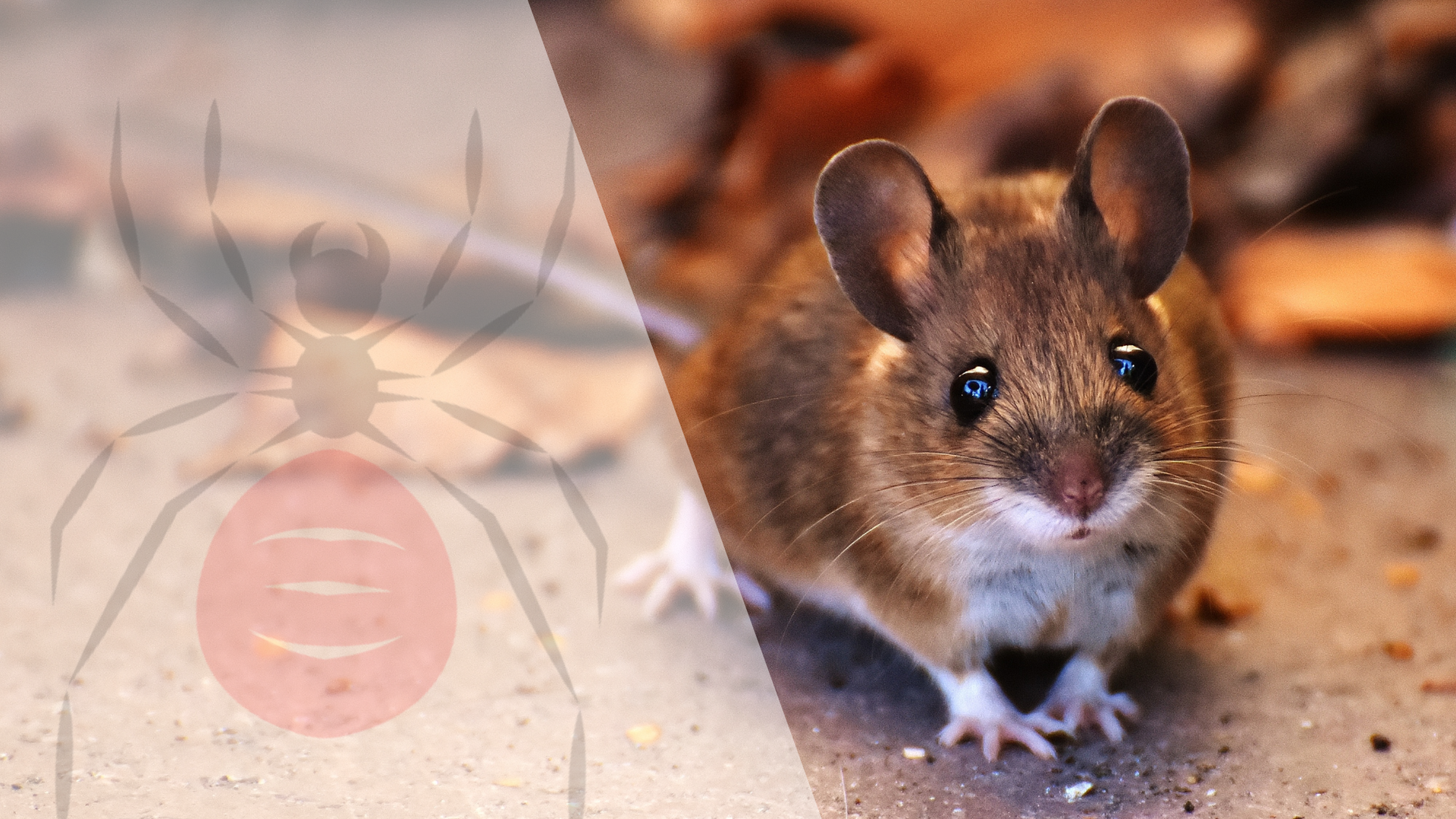Can bed bugs live in the winter
Written by

Does Cold Weather Affect Bed Bug Survival?
Do cold temperatures help eliminate bed bugs? Many homeowners facing pest control challenges wonder if low weather can effectively reduce these stubborn insects. In this article, I will explain bed bug biology and their sensitivity to temperature, provide practical tips for using cold weather in pest management, and identify signs of infestation related to seasonal changes. By understanding these factors, you can better protect your home from bed bug issues and maintain a comfortable living environment.
Key Takeaways
- bed bugs thrive in warm environments, typically between 70°F and 90°F
- cold temperatures slow bed bug metabolism and can kill their eggs
- effective control involves inspecting and treating hiding areas like mattresses and bedding
- combining cold treatments with other methods enhances bed bug elimination
- maintaining temperatures below 32°F for at least four days ensures bed bug eradication
Understanding Bed Bug Biology and Temperature Sensitivity
Know that bed bugs thrive in warm environments, typically between 70°F and 90°F, where they have easy access to food and water. When exposed to cold weather, their metabolism slows, impacting their ability to reproduce and survive. Extreme freezing temperatures can kill bed bug eggs and reduce infestation levels. Understanding how different temperature levels affect their survival rate is essential.
Bed Bugs and Their Ideal Living Conditions
In my experience managing bed bug infestations, I’ve found that these pests often hide within clothing and bedding to stay close to their food source. Storing infested items in a sealed plastic bag and exposing them to cold temperatures can significantly reduce their population by targeting their preferred hiding spots. For more detailed strategies on managing these pests, visiting a dedicated bedbug control page can provide valuable insights.
Effective bed bug control requires recognizing their similarity to other pests like termites, particularly in how they seek out protected environments. By thoroughly inspecting and treating areas where bed bugs feed, such as mattresses and clothing, you can disrupt their life cycle and prevent further infestations.
How Cold Weather Impacts Bed Bug Metabolism
Cold weather significantly slows down bed bug metabolism, reducing their activity and reproductive rates. According to research from the University of Minnesota, exposure to lower temperatures can hinder these pests' ability to process nutrients from their hosts, which are primarily humans and other animals. This metabolic slowdown makes it easier to manage infestations by disrupting their normal life cycle.
Understanding how climate variations impact bed bugs allows for more effective control strategies. For instance, heat treating a mattress is a common method to eliminate bed bugs, but combining it with cold treatments can enhance results. By targeting different stages of their metabolism, these approaches ensure a more comprehensive reduction of bed bug populations:
- Lowering the room temperature to slow bed bug activity
- Using specialized equipment to maintain consistent cold conditions
- Monitoring mattress and bedding for signs of reduced infestation
Can Bed Bugs Survive Extreme Cold Temperatures?
In my experience, extreme cold temperatures can significantly reduce bed bug populations. When addressing questions like "does cold weather kill bedbugs," I observe that sustained low temperatures disrupt their survival and reproduction. Implementing cold treatments effectively targets both adult bed bugs and their eggs, similar to how ants are affected by temperature changes in their environments.
However, it's essential to recognize that not all cold conditions are sufficient to eliminate bed bugs entirely. I often consider whether "will cold weather kill bedbugs" on its own, and find that temperatures must remain consistently low for an extended period to ensure complete eradication. Combining cold treatments with other pest control methods enhances the overall effectiveness of managing bed bug infestations.
Bed Bug Survival Rate at Different Temperature Levels
In my observations, bed bugs exhibit varying survival rates when exposed to different temperature levels. At temperatures below 50°F, their activity significantly decreases, leading to higher mortality rates over time. Understanding these thresholds is essential for effectively reducing bed bug populations in affected areas.
Conversely, when temperatures rise above 90°F, bed bugs struggle to maintain their bodily functions, which also results in increased death rates. By leveraging this knowledge of temperature sensitivity, I can implement more targeted strategies to control and eliminate bed bug infestations efficiently.
Does Cold Weather Kill Bed Bugs?
The threshold temperatures for bed bug mortality are typically below 32°F (0°C). In my experience, bed bugs must be exposed to these cold conditions for at least four days to ensure their death. Comparing cold exposure to heat treatment, both methods effectively eliminate bed bugs, but cold treatment requires sustained low temperatures to achieve similar results.
The Threshold Temperatures for Bed Bug Mortality
From my experience, different life stages of bed bugs have varying levels of resistance to cold temperatures. While adult bed bugs typically succumb to prolonged exposure below 32°F, nymphs and eggs may require even lower temperatures or extended periods of cold to ensure complete mortality. It's important to adjust your treatment strategies based on the specific stages present in your infestation.
Implementing effective cold treatment involves several key steps to achieve the necessary conditions for bed bug elimination:
- Ensure that the affected area is consistently maintained below 32°F for a minimum of four days.
- Use specialized cooling equipment to achieve and sustain the required temperatures.
- Regularly monitor the treated areas to verify the reduction in bed bug populations.
How Long Must Bed Bugs Be Exposed to Cold to Die?
In my experience, bed bugs must be subjected to temperatures below 32°F for at least four days to ensure their complete elimination. This duration is critical to penetrate their hiding spots and affect all life stages, including eggs and nymphs.
Consistently maintaining these low temperatures disrupts their ability to survive and reproduce, making it an effective method for reducing infestations. Implementing a prolonged cold treatment can significantly increase your chances of eradicating bed bugs from your home.
Comparison of Cold Exposure and Heat Treatment for Bed Bugs
When I compare cold exposure and heat treatment for eliminating bed bugs, I consider the effectiveness and practicality of each method:
- Cold exposure requires maintaining temperatures below 32°F for at least four days to ensure bed bugs are eradicated.
- Heat treatment can eliminate bed bugs more quickly by raising temperatures above 120°F, affecting all life stages.
- Heat treatments often require professional equipment, while cold exposure can be achieved with household freezers for smaller items.
By evaluating the specific needs of each situation, I can determine which approach best suits my bed bug control efforts and ensures a thorough elimination process.
Practical Tips for Using Cold Weather Against Bed Bugs
When managing bed bug infestations, I utilize effective freezing techniques to treat infested items. However, cold treatment alone may not fully control bed bug populations. Implementing safety precautions during the freezing process is crucial to protect your belongings and ensure successful eradication. The following sections provide detailed guidance on these approaches.
Effective Freezing Techniques for Infested Items
When dealing with infested items, I use airtight plastic bags to ensure that bed bugs are fully exposed to freezing temperatures. Placing items such as clothing, bedding, and small fabrics in a standard freezer set below 0°F for at least four days effectively eliminates both adult bed bugs and their eggs. This method is particularly useful for items that cannot be washed or heat-treated, providing a safe and chemical-free solution.
For larger items like mattresses and upholstered furniture, I utilize specialized freezing equipment to maintain consistent low temperatures throughout the entire surface. Ensuring that the cold penetrates all hidden areas is crucial for complete eradication. Additionally, I regularly inspect and monitor these items after treatment to confirm that the freezing process has successfully reduced the bed bug population, giving me confidence in the effectiveness of this approach.
Limitations of Cold Treatment in Bed Bug Control
One limitation of cold treatment in bed bug control is that it may not effectively reach all hidden areas within large or complex items. In my experience, tightly sealed spaces or intricate fabrics can shield bed bugs from the necessary low temperatures, reducing the overall effectiveness of the treatment.
Additionally, certain materials and belongings are sensitive to freezing temperatures, which can pose challenges when using cold treatments. Delicate items like electronics or specific fabrics may be damaged during the process, requiring careful consideration and alternative methods to ensure both bed bug elimination and the protection of valuable possessions.
Safety Precautions When Freezing Items With Bed Bugs
When freezing items to eradicate bed bugs, taking appropriate safety measures is crucial to protect your belongings and ensure effective treatment. Proper preparation and handling can prevent damage to items and enhance the success of the cold treatment process:
- Use sturdy, airtight plastic bags to contain infested items securely.
- Ensure that all items are fully exposed to freezing temperatures by avoiding overcrowding in the freezer.
- Label bags clearly to identify treated items and avoid confusion later.
It's important to handle sensitive materials carefully during the freezing process to avoid unwanted damage. I always double-check that delicate fabrics or electronics are compatible with low temperatures before proceeding, ensuring that both your possessions and bed bug populations are effectively managed.
Signs of Bed Bug Infestation Related to Weather Changes
During colder months, I’ve observed an increase in bed bug activity as these pests seek warmth and shelter. Recognizing the signs of a potential infestation when cold sets in is crucial for timely intervention. In the following sections, I will discuss the heightened activity of bed bugs in cold weather and the key indicators that suggest an infestation may be taking hold.
Increased Bed Bug Activity During Cold Months
During the colder months, I’ve noticed that bed bugs become more active as they seek warmth and shelter indoors. This shift often leads to an increase in sightings around windows, doors, and other entry points where they can access heated areas. Homeowners may find more frequent bites or discover bed bug sightings in areas they previously considered safe.
I’ve also observed that colder weather drives bed bugs to congregate in hidden spaces within homes, such as cracks in furniture or behind baseboards, making them harder to detect. By staying vigilant and monitoring these common hiding spots, I can proactively address any signs of infestation and implement effective control measures to manage the rising activity of bed bugs during winter months.
Recognizing Signs of a Potential Infestation When Cold Sets In
When cold weather arrives, I start by inspecting common entry points like windows and doors for increased bed bug activity. Noticing more frequent sightings in these areas often indicates that bed bugs are moving indoors to find warmth. Additionally, I keep an eye out for an uptick in nighttime bites, which can be a clear sign of a growing infestation as bed bugs seek closer proximity to their food source.
I also look for physical evidence such as shed exoskeletons and dark spots on bedding and furniture. These indicators suggest that bed bugs are not only surviving but also reproducing despite the colder temperatures. By recognizing these signs early, I can implement targeted treatments to effectively manage and eliminate the infestation before it worsens.
Combining Cold Weather Strategies With Other Pest Control Methods
Integrating cold treatments with other pest management techniques improves bed bug control efforts. By combining these strategies, I can target bed bugs at different stages of their lifecycle, ensuring more comprehensive and lasting results.
Integrated Pest Management Approaches for Better Results
Combining cold weather strategies with other pest control methods enhances the effectiveness of bed bug elimination. In my experience, integrating multiple approaches ensures that various stages of the bed bug lifecycle are addressed:
- Using heat treatments alongside cold exposure to target different life stages
- Applying chemical treatments to affected areas after cold treatments
- Regular monitoring and inspections to prevent reinfestation
By adopting an integrated pest management approach, I can tackle bed bugs more efficiently. This comprehensive strategy not only reduces the current infestation but also minimizes the chances of future outbreaks, providing lasting relief for homeowners.
Using Cold Weather as Part of an Overall Bed Bug Strategy
Using cold weather as part of an overall bed bug strategy allows me to tackle infestations from multiple angles, enhancing control measures and increasing the chances of complete eradication. By integrating freezing techniques with other pest management methods, I can effectively target bed bugs in various hiding spots and at different life stages.
This comprehensive approach includes: pest guide
- Freezing infested items while applying targeted pesticides to affected areas
- Combining cold treatments with regular inspections to monitor bed bug activity
- Utilizing protective covers on mattresses and pillows alongside cold exposure
Resources for Homeowners Facing Bed Bug Challenges
When dealing with bed bug issues, having the right tools is essential for effective freezing treatments. I recommend using airtight plastic bags and specialized freezers to ensure thorough elimination. Additionally, professional services that offer cold treatment solutions can provide expert assistance, enhancing your efforts to control and eradicate bed bug infestations efficiently.
Recommended Tools and Equipment for Freezing Bed Bugs
To effectively freeze bed bugs, I rely on high-quality airtight plastic bags and dedicated freezers designed to maintain consistently low temperatures. These tools ensure that bed bugs and their eggs are exposed to the necessary cold conditions for successful elimination.
Additionally, using temperature monitoring devices helps me verify that the freezing process remains effective throughout the treatment period. Proper equipment is essential for achieving thorough bed bug control:
- Airtight plastic bags for containing infested items
- Specialized freezers that sustain temperatures below 32°F
- Thermometers or temperature data loggers to monitor conditions
Professional Services That Utilize Cold Treatments
I rely on professional services that utilize cold treatments to manage bed bug infestations effectively. These experts employ advanced freezing techniques to eliminate bed bugs from your home, ensuring a safe and chemical-free environment.
These services typically include:
- Thorough inspections to identify all infested areas
- Application of controlled cold temperatures using specialized equipment
- Follow-up assessments to ensure complete eradication of bed bugs
Get Quick, Efficient Pest Control & Exterminating
When pests invade your home, waiting isn't an option. At Resolve Pest Management, we understand how urgent these situations can be. That’s why we offer 24-hour emergency pest control services to residents in Lacey, NJ and Bayville, NJ. Whether it’s rodents, insects, or wildlife, our expert team is available day or night to protect your home and restore your peace of mind.
Our treatments are family and pet-friendly, ensuring that your loved ones—including the furry ones—are safe during and after service. We know your time is valuable, which is why we provide rapid scheduling, getting you the help you need, right when you need it.
If you're dealing with a pest emergency, don’t wait! Contact Resolve Pest Management today for immediate assistance. We're here to help make your home pest-free and comfortable again.
24-Hour Emergency Pest Control
We know pests can strike at any time- day or night. Resolve Pest Management is here to help 24 hours a day.

Family & Pet-Friendly Treatments
Protecting loved ones- furry or not is our #1 priority. We use pet-friendly treatments to give peace of mind.

Testimonials
"Resolve Pest Management is absolutely wonderful. Carlos and his team do thorough work and will put your mind at ease. They explain everything that needs to be done or what they suggest should be done. When we first called, Carlos showed up and checked every area of the house. Not only did he handle the mouse issue, he also found termite damage that was unknown to us. Since then, we have regular maintenance and have even called them other issues like bees. The receptionist is also very professional and kind, working with our availability. My family and I highly recommend Resolve Pest Management."
Tonianne D.
Barnegat Township NJ
Get on Schedule Today







